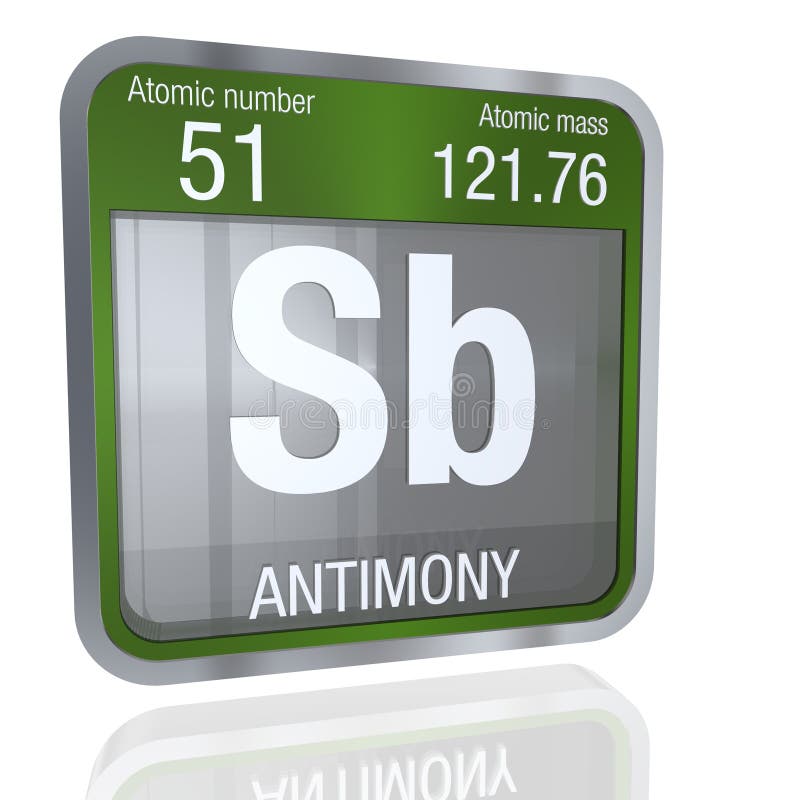

It is stable in air at normal temperatures, but when heated it will burn creating glow and white Sb2O3 smoke.It has four allotropic forms: black and yellow antimony, which are stable, non-metallic forms, white, which has a bluish-white tint, and its crystalline solid form, which is its most basic form.It is distinguished by its bluish white color with metallic reflections and a scaly appearance. Metallic antimony can be broken easily.It is found in nature as Sb2S3 (stibine, antimonite).It has excellent electrical conductivity.Coming to present intermediate properties between non-metals and metals. It belongs to the group of metalloids or semi-metals.In its natural form, it comes in a solid state.In the solid state, it has a lower electrical conductivity than in the liquid state, a quality that differentiates it from normal metals.The melting point is 631.63 degrees Celsius or 903.78 degrees Kelvin. The boiling point corresponds to 1587.85 degrees Celsius or degrees Celsius which is equivalent to 1860 degrees Kelvin. It is represented by the chemical symbol Sb, its atomic number is 51. This chemical element has a silvery and gray tint, it belongs to the group of metalloids. In its natural form, the state of antimony is solid. According to its electrical conductivity, antimony belongs to this type of materials that are called under the name of semiconductors. This class of elements has properties intermediate between nonmetals and metals. Configuration Properties of AntimonyĪntimony constitutes elements called semi-metals, also called metalloids. It is found in period 5 and group 15 of the periodic table.Its ionic radius is 0.62 and its covalent radius is 1.38.It has a total of 51 electrons of which 2 are in the first shell, or in the second, 18 in the third shell and 18 in the fourth and 5 electrons in the fifth shell.In the fifth and last shell, antimony has 5 electrons.In the fourth shell there are also 18 electrons.In the third stage, there are 18 electrons.The atomic radius or Bohr radius of antimony is 133 pm, the average radius is 145 pm, while the covalent radius is 138 pm.Īntimony has 51 electrons in total, the distribution of these corresponds to the following description: The Electron configuration of elements is used to define how the electrons are structured in the atoms present in an element.


 0 kommentar(er)
0 kommentar(er)
